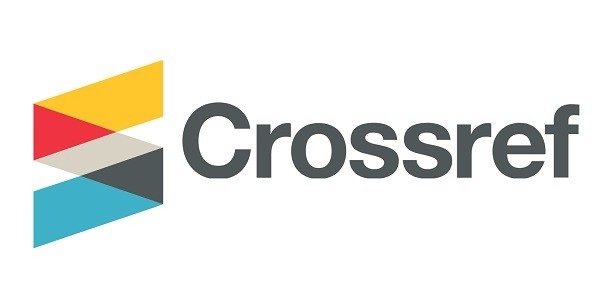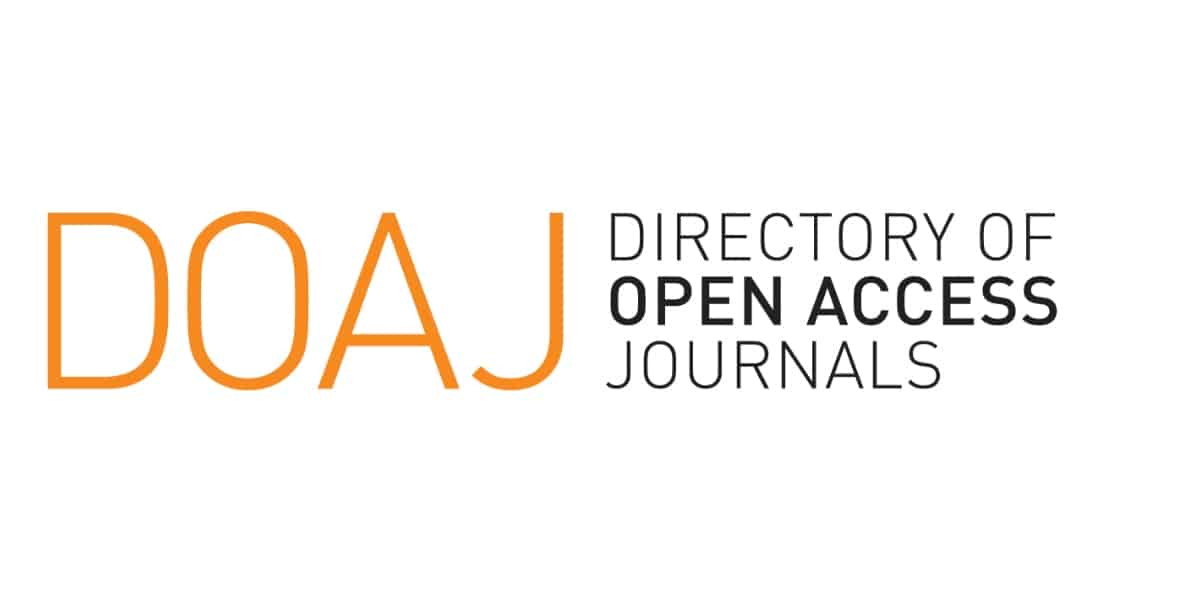KAJIAN SINERGITAS AGROINDUSTRI KELAPA SAWIT DAN USAHA MIKRO KECIL UNTUK MEMPRODUKSI ENERGI TERBARUKAN
Abstract
Through Making Indonesia 4.0, The Ministry of Industry responds to the demands of energy needs by
innovative renewable energy development to reduce the consumption of fossil fuels such as petroleum, natural
gas and coal with agricultural biomass waste sources. The aim of this research was to synergize waste from the
biodiesel industry in the form of sterol glycosides with purun waste from creative small-scale enterprises (SMEs)
to produce renewable energy as a circular economy. The method applied was in the form of descriptive analysis, followed by identifying and characterizing waste found in the biodiesel industry, as well as various purun
wastes, which were collectively sampled every day for 3 months, becoming the basis for developing innovative
products. Interviews were conducted on 60 purun craftsmen to confirm the circular economy program being
studied. Observations were also made in the biodiesel industry and purun craftsmen. Data processing was
obtained from the results of experiments by making briquette products referring to several parameters which
were the basis for standardizing renewable energy products. The synergy between the two actors, namely the
Biodiesel Industry and SMEs in micro-scale circular economy activities, produced environmentally friendly- renewable energy which was very helpful for purun micro and small businesses in Purun Village, Banjarbaru,
South Kalimantan. Renewable energy results were from various formulas developed with the main ingredients
derived from purun biomass charcoal and biodiesel industrial waste. The advantage of the product when several
other variables met the SNI standard 01-6235-2000 had a calorific value of 5.809 cal g-1 - 6.598 cal g-1
, where
5.000 cal g-1 which was the SNI for briquette heat could be exceeded. The calorific value produced is equivalent
to bituminous grade coal having a carbon content of above 85%.
Keywords: briquettes, calor, purun, sterol glycosides, SMEs

_page-00013.jpg)







_(1).png)

